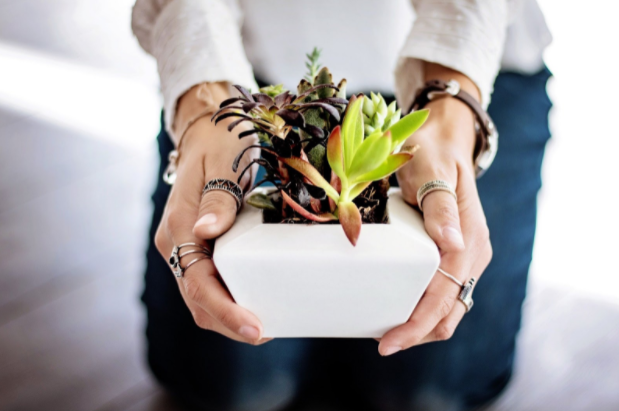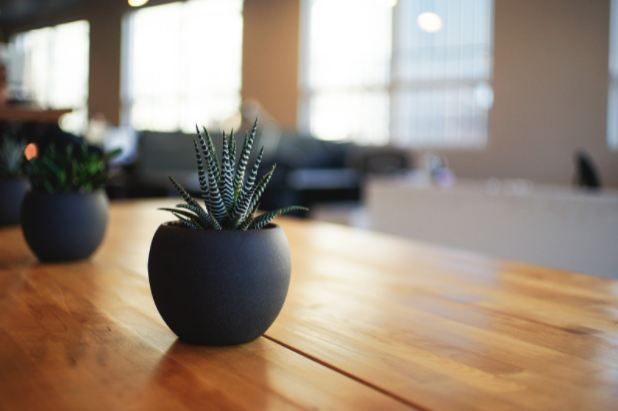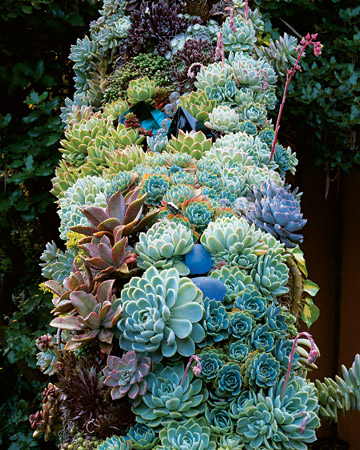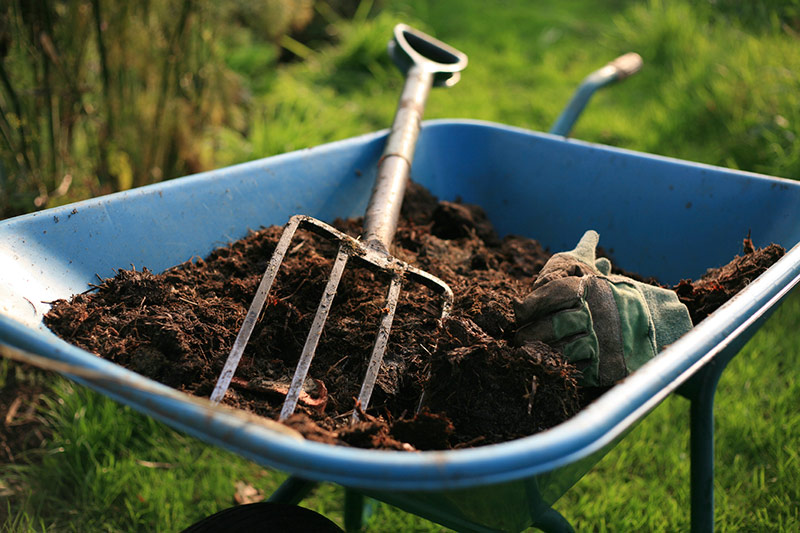6 Secrets To Successfully Grow Beautiful And Healthy Indoor Succulents

Everybody loves plants, however, not everyone has access to a garden, so houseplants are an excellent compromise that can freshen the air and add color and texture to any room around the house!
One popular choice for indoor plants is succulents as they look cute and can easily fit on small shelves and window sills. Despite succulents looking great in your house, they can be slightly tricky to take care of. For those of you contemplating adding some succulents to your room or having trouble caring for some existing succulents, then here are six useful tips to help you grow succulents that are beautiful and healthy.
1. Choose the Right Type of Succulents
Some succulents are better suited to be outside, whilst others are more likely to flourish indoors. The people at Succulent Alley mentioned that choosing varieties of succulents that prefer less sun is essential if you want your plants to live for a long time. If you have a shelf or windowsill that gets plenty of direct sunlight then you will be able to grow more colorful varieties as they usually need more sun. The best varieties of succulents to start with are those that are naturally a deeper green, as they require less sunlight.
2. Give Them Lots of Water Every Few Days
Even though many plants need watering every day to look their best, succulents are different and will likely die if watered daily. The tried and tested method for watering succulents is to fully soak their roots and the soil in the pot every two to three days and then allow the soil and roots to fully dry before watering the plant again. It is also worth knowing that during the colder months of the year, succulents go through a dormant period when they will grow less and require much less water.
3. Ensure Good Drainage
Succulents should be grown in containers and soil with good drainage and airflow, as soggy soil is likely to damage and rot the roots. Some people choose to plant succulents in glass containers, and although they look nicer, the succulents inside are less likely to thrive as most glass containers don’t have drainage holes. However, there are some techniques for watering succulents in non-draining containers, such as altering the soil and watering less. Pots that provide more drainage for succulents are usually terracotta, clay, or glazed ceramics with a series of small holes in the bottom to allow the roots to fully dry after watering. The choice of soil also impacts how well a pot drains, so coarse soils are preferred for growing succulents as they promote evaporation and airflow.
4. How to Deal With Bugs
Bug problems with succulent plants can often be avoided if you keep to a routine of healthy practices including correct watering, using well-drained pots, and providing enough light. However, occasionally bugs can become a problem brought in on a new plant which can lead to a larger infestation and affect the health of your succulents. Gnats and mealybug are some examples of bugs that regularly feast on succulents. Gnat infestation can usually be prevented by maintaining well-drained soil, whilst mealybugs can be more difficult to get rid of and requires spraying the leaves with alcohol and pouring it on the soil to kill the eggs. To avoid your succulent plants from quickly becoming overrun with pests and to notice other issues such as new leaves wilting, it is important to inspect your plants regularly.
5. Make Sure They Get Lots of Light
Outdoor succulents need at least six hours of direct sunlight each day to remain healthy and keep growing well, so it can be difficult for indoor succulents to get the sunlight they require to thrive. For this reason, you should think carefully about where to place succulent plants around your house to ensure they get plenty of sunlight. The recommended places for succulent plants in the house are near windows that get lots of sunlight throughout the day. Alternatively, you can place succulents on desks, shelves, and window sills in the brightest rooms of your house.
6. Use Fertilizer
Just like other plants, succulents can benefit from the boost in nutrients that fertilization provides even though they are low-maintenance plants accustomed to desert climates. If the quality of the soil isn’t looking too healthy then it is recommended to use fertilizer once or twice a year by diluting water-soluble fertilizer then watering the plants following the usual schedule.
Growing succulents indoors can be a challenge as their natural climate is an arid and sunny desert, however, there are some steps you take and routines you can follow to help your succulent plants look amazing.







